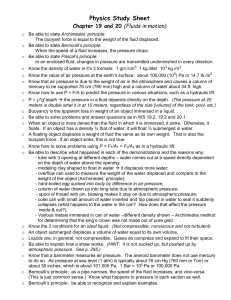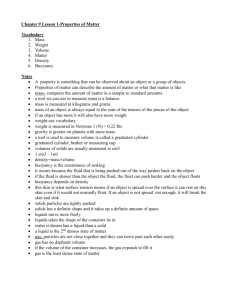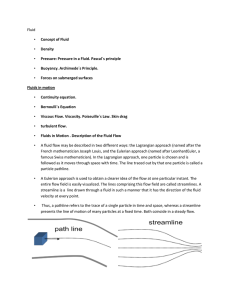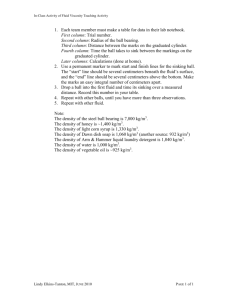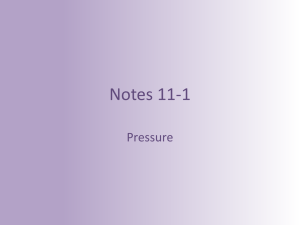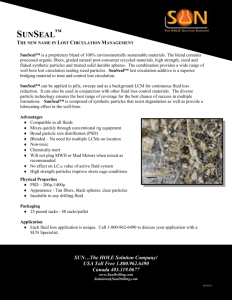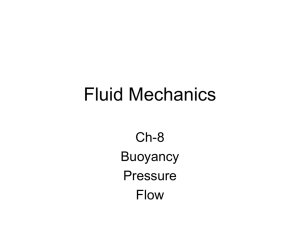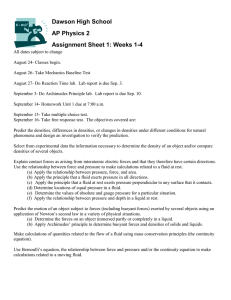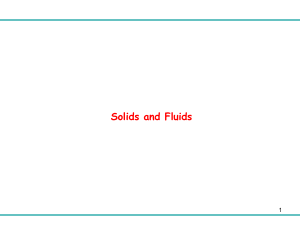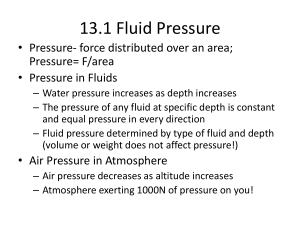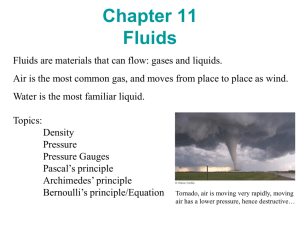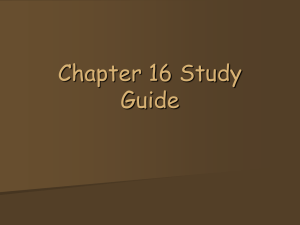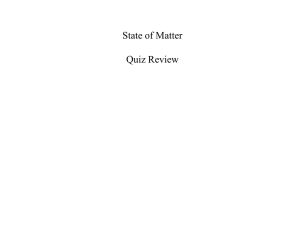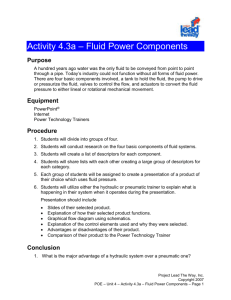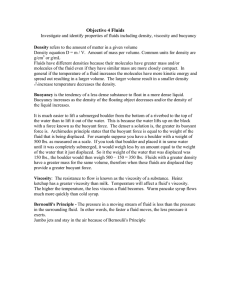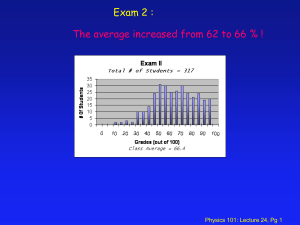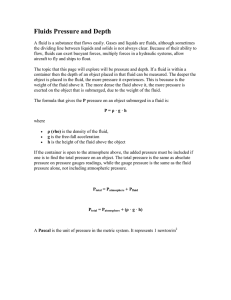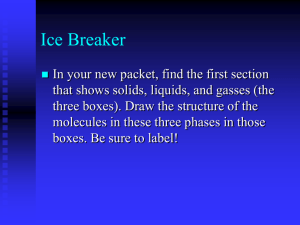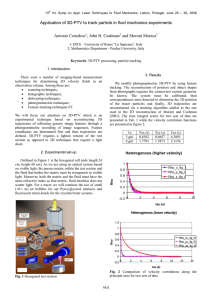Name
advertisement
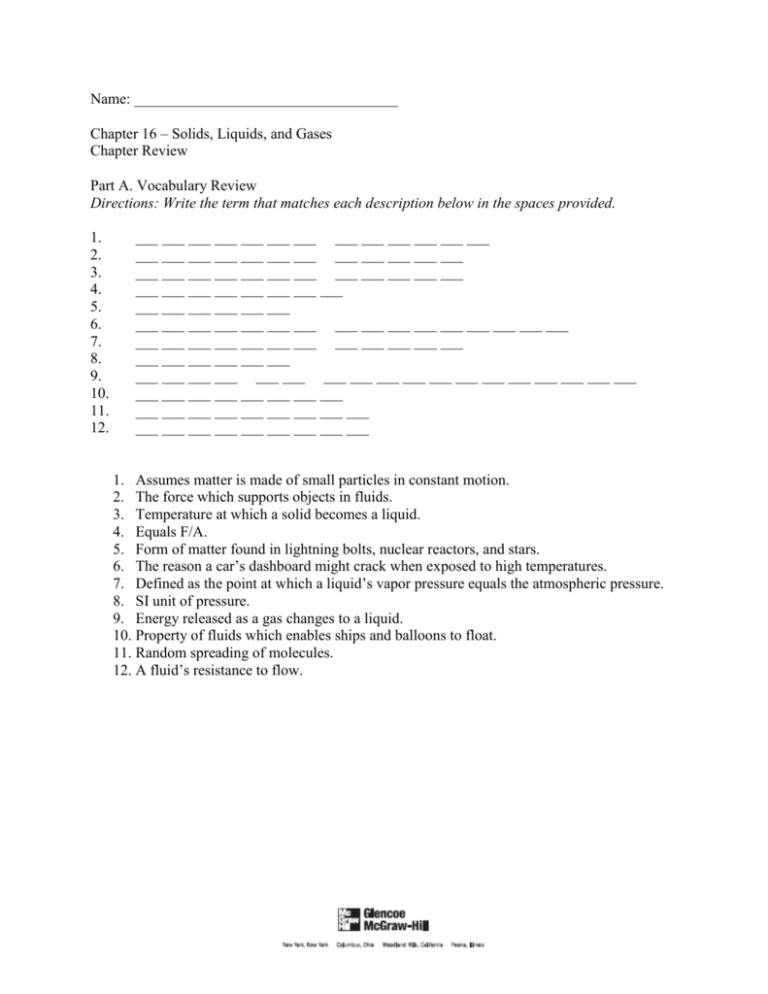
Name: ___________________________________ Chapter 16 – Solids, Liquids, and Gases Chapter Review Part A. Vocabulary Review Directions: Write the term that matches each description below in the spaces provided. 1. 2. 3. 4. 5. 6. 7. 8. 9. 10. 11. 12. ___ ___ ___ ___ ___ ___ ___ ___ ___ ___ ___ ___ ___ ___ ___ ___ ___ ___ ___ ___ ___ ___ ___ ___ ___ ___ ___ ___ ___ ___ ___ ___ ___ ___ ___ ___ ___ ___ ___ ___ ___ ___ ___ ___ ___ ___ ___ ___ ___ ___ ___ ___ ___ ___ ___ ___ ___ ___ ___ ___ ___ ___ ___ ___ ___ ___ ___ ___ ___ ___ ___ ___ ___ ___ ___ ___ ___ ___ ___ ___ ___ ___ ___ ___ ___ ___ ___ ___ ___ ___ ___ ___ ___ ___ ___ ___ ___ ___ ___ ___ ___ ___ ___ ___ ___ ___ ___ ___ ___ ___ ___ ___ ___ ___ ___ ___ ___ ___ ___ ___ ___ ___ ___ ___ ___ ___ ___ ___ ___ 1. Assumes matter is made of small particles in constant motion. 2. The force which supports objects in fluids. 3. Temperature at which a solid becomes a liquid. 4. Equals F/A. 5. Form of matter found in lightning bolts, nuclear reactors, and stars. 6. The reason a car’s dashboard might crack when exposed to high temperatures. 7. Defined as the point at which a liquid’s vapor pressure equals the atmospheric pressure. 8. SI unit of pressure. 9. Energy released as a gas changes to a liquid. 10. Property of fluids which enables ships and balloons to float. 11. Random spreading of molecules. 12. A fluid’s resistance to flow. Part B. Concept Review Directions: Match each theory, principle or law in Column II with its description in column I. Write the letter of the correct term in the blank at the left. Column I Column II _____1. All matter is made of small particles that are in motion. _____2. If the volume of a container of gas is decreased, the pressure on the gas will increase if the temperature does not change. _____3. The volume of a gas increases with increasing temperature provided the pressure does not change. _____4. The buoyant force on an object in a fluid is equal to the weight of the fluid the object displaces. _____5. Pressure applied to a fluid is transmitted unchanged throughout the fluid. _____6. As the velocity of a fluid increases, the pressure exerted by the fluid decreases. a. Boyle’s law b. Bernoulli’s principle c. Pascal’s principle d. kinetic theory of matter e. Charles’s law f. Archimedes’ principle Directions: Answer the following questions on the lines provided. 7. What are two properties of amorphous solids? 8. In terms of thermal expansion, why is water unusual? 9. Why does water behave in this unusual fashion? 10. Why does water’s boiling point decrease with increases in elevation?


